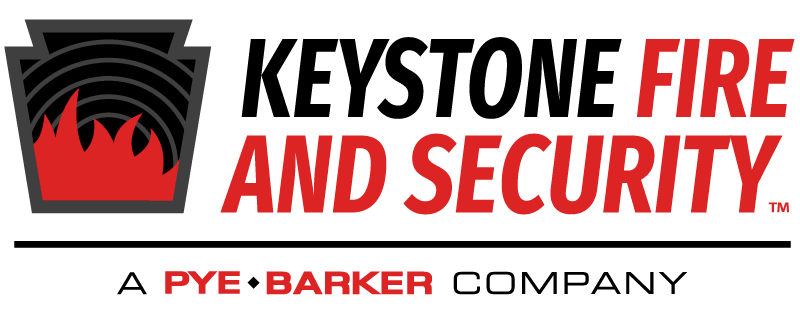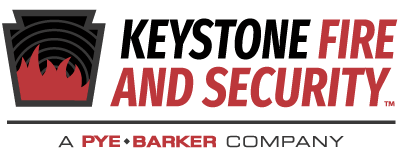Question: Did you ever stop to think about the time it takes for you to get out of your building from your desk or workspace? Maybe you work on the ground floor, maybe it’s just a short walk down the hall, or maybe you sit right near an egress from the building? But maybe you don’t work on the ground level, or you need to take an elevator or the stairs to get from your workspace?
Now imagine that you’re the administrator for a large hospital or nursing home, and you are responsible for safely evacuating patients in the event of a fire? How many beds? How many floors? How many patients are ambulatory and how many need the help of others to egress? The answer to the question just became much more complex.
This example illustrates why it is so important that your fire detection and fire suppression systems are code compliant and in good working order. Early warning, fire control or total fire suppression provide valuable time to exit, to get others out and to allow first responders to fight a smaller more contained fire.
Here are a few examples of why your fire detection and suppression equipment needs to be serviced and replaced on a regular basis.
Sensitivity Drift: Smoke detectors operate within a predetermined range of sensitivity measured in percent per foot obscuration rate. Over time, detector sensitivity can drift outside of the set range. We are all familiar when smoke detectors drift to the lower end of the sensitivity range because they tend to false alarm frequently. But when a smoke detector drifts to the high end of the range, it can become insensitive to smoke signatures, altogether. Desensitized smoke detectors pose a great threat because they look like they’re functioning properly. Unless they’re inspected periodically in accordance with NFPA codes and standards, one might never discover that the fire protection has been compromised. Detector manufacturers recommend that smoke detectors be tested at least annually and replaced every 10 years.
Sprinkler Pipe Obstructions: Sprinkler systems are prone to maintenance problems like clogging and rusting. Minerals, sediment, and even foreign material, like stones, can obstruct the flow of water through the system. Mineral buildup can prevent valves from moving freely or sealing completely. Corrosion can also be the bane of sprinkler systems. All sprinkler pipes are pitched so that water doesn’t get trapped at low points in the system. Trapped stagnant water causes rust. Over time the rust degrades the wall thickness of the pipe causing “pinhole leaks”. These leaks can cause water damage and can compromise the integrity of the sprinkler system if not corrected. Therefore it’s clear why sprinkler systems require yearly maintenance and 5-year obstruction investigation.
Keystone Fire Protection Co. has over six decades of experience making sure-fire protection systems in healthcare environments are properly maintained to ensure the safety of patients and staff. Hospital administrators can contact us to discuss system replacements and upgrades, inspections, and other life safety system maintenance services.

